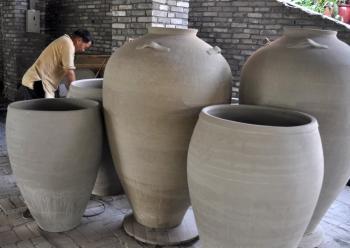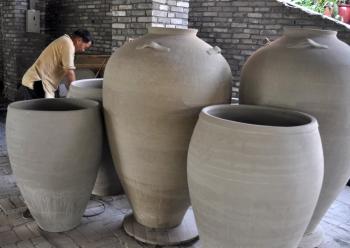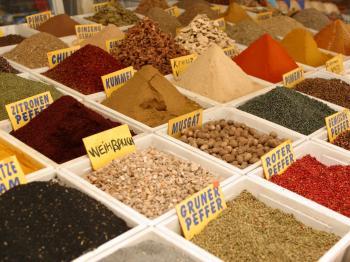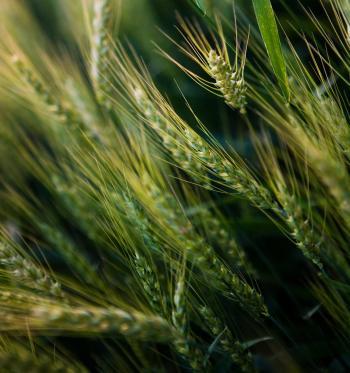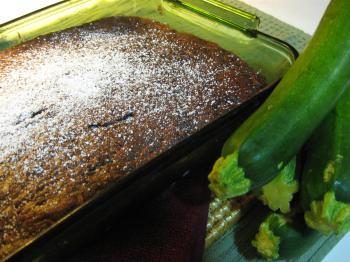Teapots and Celadon Wishes
My first encounter with Chinese porcelain was about 30 years ago. I was immediately enchanted with its glaze and color.
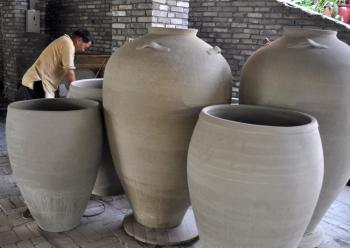
Foshan, China - A worker makes a pottery product at the Ancient Nanfeng which was built up in Ming Dynasty (A.D. 1506-1521). China Photos/Getty Images
|Updated:
